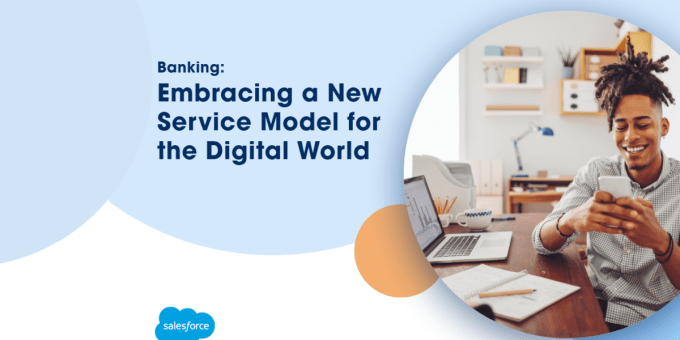
The rapid shift to digital-first engagement, remote work, and changing consumer preferences has launched customer service into a new era, with the financial services industry impacted in various critical ways.
This trajectory is only accelerating as a host of factors — including customer behavior, industry dynamics, workforce needs, and technology trends — simultaneously require and support service organizations in rolling out new strategies and systems.
Customers still value knowing they can speak with human representatives. At the same time, increasingly, they prefer self- service options, whether it’s through intuitive features on a mobile app or targeted questions with sophisticated chatbots. These self-service options offer financial services institutions additional. opportunity to drive service efficiency by reducing the need for human-to-human interactions. No matter how they connect, today’s customers expect their experiences to be seamless and cohesive across channels and lines of business.
Digital transformation has impacted every industry, but it’s particularly imperative for financial services. While the industry has kept pace on basic servicing requests, it has been slower to adopt a digital-first model for more complex requests. Consequently, just 27% of customers think the financial services industry provides great service and support, according to a Salesforce survey.
Here’s why customer service transformation is accelerating and what it means for banks and other financial services organizations.
Included in this Contents
- Unique Challenges and Opportunities
- Making Customer Service Seamless
- Improving Recruiting, Productivity, and Engagement on Service Teams
- Connecting Processes and People Through Automation
This article is posted at salesforce.com

Please fill out the form to access the content








